Dangerous trade union: the deadly struggle of the Odessa sailors
The uprising on the battleship Potemkin was a serious impetus not only for the military, but also for civilian sailors. So, in the summer of 1905, the situation in Odessa seriously worsened. The seamen of the Russian society of shipping and trade (ROPiT) were dissatisfied with the working conditions and wages. To keep seafarers under control, the leadership of this organization created a “pocket” trade union called “Registration of ship crews of the Black Sea Merchant Marine”. But to achieve a decrease in protest activity of seamen with the help of the trade union controlled by the leadership of ROPiT failed. Then the administration stopped the activities of the trade union and tried to influence the seamen with harsh methods, reducing wages and tightening discipline on the company's steamers.
At the beginning of May 1906, in the Odessa seaside district of Langeron, a trade union activists and seamen meeting took place, at which it was decided to elect a strike committee. The committee was headed by Mikhail Adamovich - a highly reputable man among the sailors and revolutionaries of Odessa, who has joined anarchists since 1903, but also closely cooperated with the Social Democrats.
His closest ally was Mahar Botsoyev - a sailor, an Ossetian by nationality. 12 May 1906, Odessa sailors from ROPiT announced the start of the strike. It lasted for almost a month and a half - over the 42 days, the sailors went on strike, meeting with universal approval from representatives of other professions - porters, port workers, employees. It is known that even in the military units of the Odessa garrison, some soldiers raised funds in support of the striking sailors. In the end, the police intervened in the trade union struggle. Several members of the strike committee were arrested, but the shipping company continued to suffer enormous losses. In the end, 24 June 1906 ROPiT made concessions to the sailors and satisfied part of their demands. But Mahar Botsoyev, who was detained among other strike committee activists, continued to remain under arrest — the police categorically refused to release the “dangerous troublemaker”. Soon he was convicted, sentenced to exile, but the brave Botsoyev managed to escape.
Mikhail Adamovich and trade union secretary Alexander Yakovlev went to St. Petersburg to participate in the drafting of a regulation on merchant shipping developed by a special commission of Senator Karnitsky. In the meantime, while authoritative trade union leaders were in the capital, ROPiT leadership again decided to strike at the sailors. For this, it enlisted the support of the Odessa Union of the Russian people. It was supposed to organize a lockout, as a result of which the sailors sympathizing with the revolutionary movement would be dismissed. The vacated places in the teams were to be staffed with members of the Union of the Russian people, ideologically reliable. Mikhail Adamovich, who returned from Petersburg, was immediately arrested. But on November 20. 1906. ROPiT seamen launched a new strike. This time more than 5 thousands of seamen refused to work. However, thanks to the support of the Union of the Russian People, the leadership of ROPiT managed to staff some shipping teams with members and sympathizers of the NRC, therefore the losses of the company were far less than during the May strike.
However, the union of seafarers soon found active and efficient allies, whose participation in the struggle of workers ROPiT had a major impact on the subsequent course of events.
The South-Russian group of anarchists and syndicalists “New World” (YRGAS) spoke out in defense of the mariners of the shipping company. This organization appeared in the autumn of 1906, and quickly gained fame and influence among the Odessa proletariat. 40-50 people were members of YURGAS, including 35 people in combat squads.
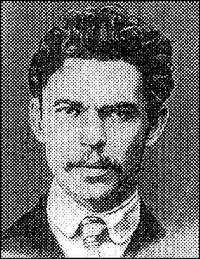 The bulk of the militants of YURGAS consisted of sailors, porters and repairmen of the port of Odessa. However, the general leadership of the anarchist-syndicalist group was provided by Daniel Novomirsky, a professional anarchist revolutionary. In fact, his name was Jacob Isaakovich Kirillovsky. He was born in 1882 in the Podolsk Governorate, was educated at the Odessa Commercial College, and then studied at the University of Paris. In the 18 years, in the 1900 year, he joined the revolutionary movement, participated in the activities of the social democratic organizations in Odessa and Uman, was subjected to police repression and, eventually, went abroad. In Paris, Kirillovsky published the newspaper Novy Mir, in whose honor he took the pseudonym Novomirsky, under which he became known. Abroad Novomirsky moved from social democratic to anarcho-syndicalist positions. In September, 1906, he returned to Odessa. For the Odessa secret police, the return of a revolutionary of this level was a bad signal.
The bulk of the militants of YURGAS consisted of sailors, porters and repairmen of the port of Odessa. However, the general leadership of the anarchist-syndicalist group was provided by Daniel Novomirsky, a professional anarchist revolutionary. In fact, his name was Jacob Isaakovich Kirillovsky. He was born in 1882 in the Podolsk Governorate, was educated at the Odessa Commercial College, and then studied at the University of Paris. In the 18 years, in the 1900 year, he joined the revolutionary movement, participated in the activities of the social democratic organizations in Odessa and Uman, was subjected to police repression and, eventually, went abroad. In Paris, Kirillovsky published the newspaper Novy Mir, in whose honor he took the pseudonym Novomirsky, under which he became known. Abroad Novomirsky moved from social democratic to anarcho-syndicalist positions. In September, 1906, he returned to Odessa. For the Odessa secret police, the return of a revolutionary of this level was a bad signal. Novomirsky criticized the non-motivated terror that radical groups of Black Banner and Beznachal people preached. He considered a syndicalist, that is, the main way to achieve the victory of anarchist ideology. trade union struggle. At the same time, like most Russian anarchists of the time, Novomirsky did not deny the possibility of armed action, including individual terror against specific representatives of the government and the bourgeoisie. Therefore, YURGAS, having joined the fight of the seamen of ROPiT, immediately proposed tactics of economic terror, which consisted in putting pressure on the owners and administration of the shipping company through armed actions. Thus began the campaign of anarchists against ROPiT. 5 December 1906 of the year sailor Alexander Lavrushin detonated a bomb on the ship Emperor Nicholas II. An explosion thundered on the steamer "Ayu-Dag."
18 December 1906, a detachment of 12 anarchists under the command of Porfiry Sulejmsky, made an armed attack on the steamers Gregory Merk and Queen Olga. In January, an explosion on the Grigory Merk liner thundered on 1907, which was considered to be the pride of ROPiT and prepared for the Odessa-New York route. Anarchist Hilarion Larionov detonated a bomb in the engine room of the liner. An impressive explosion was observed in almost all of Odessa. The South-Russian group of anarchist syndicalists did not stop there. 15 January 1907 of the year Porfiry Sulejmsky shot the captain of the steamer Tsesarevich M. Senkevich, who was just leaving the house of the Odessa mayor. The captain was killed.
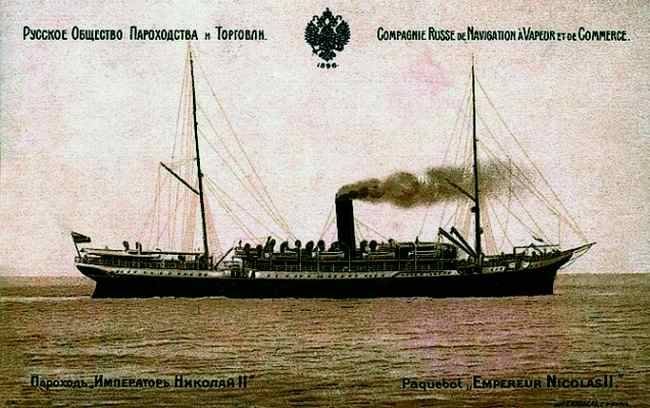
The loud murder forced the captains of the steamboats ROPiT to stop the recruitment of new sailors who were ready to sail as strikebreakers. But YURGAS continued to struggle. In Odessa, there were several attacks on police patrols and posts, which contributed to the emergence of panic in the city. In February, 1907 of the year, another captain of the shipping company was killed - N. Zolotarev, who refused to take sailors who participated in the strikes on the steamer. After his assassination, the other captains were forced, fearing for their lives, yet to meet the demands of the strikers and to allow the revolutionary-minded sailors to continue serving on the ships of the RAPT.
It is noteworthy that the struggle of YURGAS has spread beyond the borders of not only Odessa, but also the Russian Empire. Mahar Botsoyev, who fled from arrest, showed up in Egypt. At that time, in Alexandria, where Russian ships often visited, a rather impressive “diaspora” of Russian revolutionaries was formed. Among them were the Social Democrats, the Social Revolutionaries and the anarchists. There was even a so-called. "Club of the Ottoman Anarchists." Mahar Botsoyev created a small anarchist group in Alexandria, which also included the bookbinder Wolf Carpenter and plasterer Pick Buntman. The strange Caucasian Botsoyev was soon noticed by both the Russian consulate and the Alexandrian police.
Russian envoy A.A. Smirnov reported to St. Petersburg that there was a sharp deterioration in discipline on ROPiT ships arriving in Alexandria, which may be due to the harmful influence of the agitators operating in Alexandria. The head of the Alexandrian counterintelligence, Khedai Bey, introduced into the anarchist group a certain David Markovich, a former anarchist who now worked for the police. Together with Botsoyev, Markovich began to meet Russian steamships, which enabled him to keep abreast of all anarchist affairs. Having shown himself to be an executive partner, Markovich began to hold a meeting of revolutionaries at his apartment. During one of the meetings that took place on 6 on January 1907, with the participation of 12 revolutionaries, the anarchists decided to organize an explosion on one of the Russian ships that arrived in Alexandria. David Markovich reported on plans to commit a terrorist act in the Russian consulate. Diplomats appealed to the authorities of Alexandria demanding the arrest of Mahar Botsoyev, Wulf Plotnik and Pick Buntman. 13 January 1907, they were all detained by Alexandria police.
Then in Alexandria really interesting events unfolded. First published in the liberal newspaper La Reform, which presented Botsoeva, Carpenter and Buntman as political émigrés, persecuted by the authorities of the Russian Empire for their convictions. Since La Reform was a readable newspaper, the publication had its effect. A rally gathered near the stock exchange, which was attended mainly by Italians, Greeks, British, and other Europeans who lived in Alexandria. A large group of demonstrators headed for the British Consulate building, demanding that Lord Cromer intervene and protect the persecuted political emigrants.
Since the emigrants were not released, the demonstrators broke into one of the ROPiT ships, moored in the port, and staged a uniform pogrom there. After that, an angry mob laid siege to the Russian consulate. The next day, similar events occurred in Cairo. Here, the local Italian typesetters came out for the release of Botsoyev and his comrades. They were supported by Cairo Jews, after which a huge demonstration gathered in front of the Russian diplomatic agency, and then in front of the vice consulate. Unrest in Alexandria and Cairo continued for several more days, so it was decided to send the detainees to Russia. Botsoeva, Plotnik and Buntman were convoyed to Port Said, from where they were sent to Russia by the Kornilov steamer. By the way, for participating in the arrest of Russian revolutionaries received state awards of the Russian Empire, namely, the Order of St. Anne, - several senior officers - the British. They were the chief of the police of Alexandria, General Henry Hopkinson, the head of the Al-Khadr prison, Lieutenant Colonel Alexander Pop, and the inspector of the secret police, Major Gordon Ingram.
In 1907, the actions of the Russian authorities against the South Russian anarchist syndicalist group in Odessa were intensified. October 22 1907 was arrested by Daniel Novomirsky himself. Along with him, Alexander Lavrushin was also arrested. Porfiry Sulejmsky and Illarion Larionov were sentenced to death and executed for committing terrorist acts. Alexander Lavrushin, to whom evidence sufficient for serious punishment was not collected, was sentenced to a three-year exile in the Turukhansk region, as a member of the anarchist battle group. Daniil Novomirsky himself received eight years of hard labor. In 1908, another anarchist was arrested in the port of Odessa - Vladimir Chernyavsky, who was engaged in the transport of revolutionary literature. He was also exiled to Siberia. Mikhail Adamovich, who did not participate in the terrorist attacks, was sent to Vologda Gubernia, but he escaped from exile and moved to Yekaterinodar (Krasnodar), where he participated in the activities of a local group of anarchist communists, and then emigrated to Germany.
Thus, by the end of 1907 - the beginning of 1908. The activity of the South-Russian group of anarchist syndicalists was effectively stopped as a result of police repression. Its leading activists were executed or exiled to Siberia. After such a serious blow, the anarchist movement in Odessa began to decline. The socialist revolutionaries and social democrats intercepted the "palm" in a revolutionary environment. However, several anarchists, who were fortunate enough to avoid arrest and hard labor, continued their activities in exile, primarily in Alexandria and Constantinople.
The activities of the South-Russian group of anarchist syndicalists became one of the classic examples of purely economic terror in stories Russian anarchist movement of the twentieth century. Subsequently, some of the participants in those events, such as Alexander Lavrushin and Vladimir Chernyavsky, played an important role in the strike of the seamen of 1911, which was being prepared in Odessa, Alexandria and Constantinople. Later they created the Union of the Black Sea sailors, about which we will tell another time. Incidentally, Mikhail Adamovich took part in his activities.
Those of the anarchists of the early twentieth century who remained in the ranks of the movement and were able to survive, ten years later took part in the October Revolution 1917 and the Civil War. So, Mikhail Adamovich was the commissar of the port of Odessa, Vladimir Chernyavsky - the chairman of the Union of Sailors in the Odessa Soviet Republic, Mahar Botsoyev - his assistant. Alexander Lavrushin commanded a detachment of revolutionary sailors - anarchists ROPiT during the January 1918 uprising. Daniil Novomirsky, after serving hard labor in 1915, was sent to settle in the Irkutsk Governorate, from where he fled and moved to the United States. After the February Revolution, he returned to Russia, where he worked in 1918-1922. in the Voice of Labor anarcho-syndicalist publishing house. Then he supported the Bolsheviks, which did not save the veteran of the anarchist movement from persecution. The first arrest followed in the 1929 year - Novomirsky was sentenced to three years of Siberian exile. In 1932, he returned from exile, but in 1936, he was again arrested and convicted - this time for ten years in the camps. In 1937, information about Novomirsky is lost, so most researchers believe that he died or died in the camp.
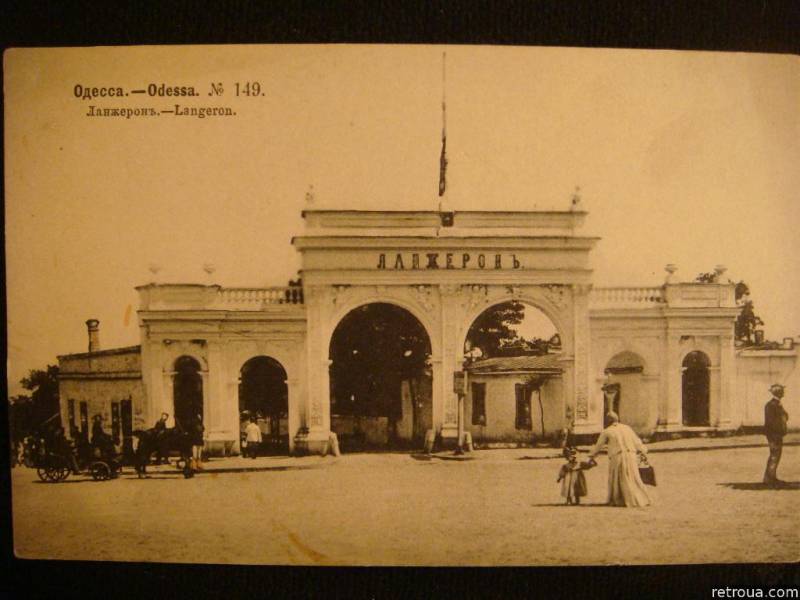
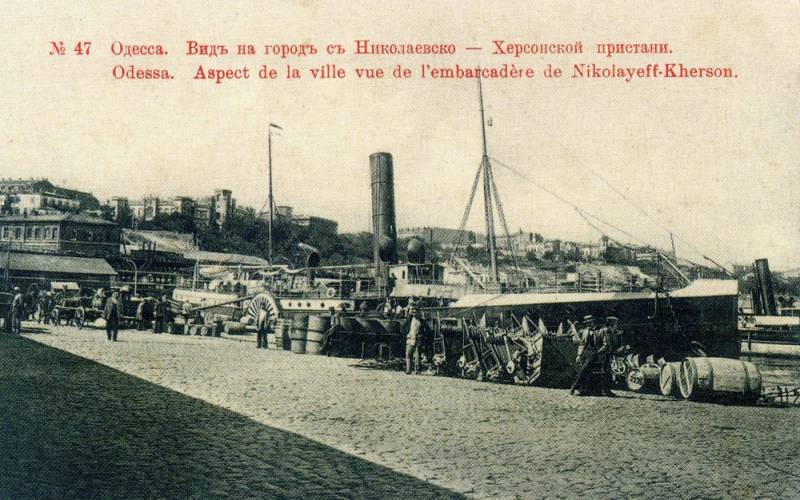
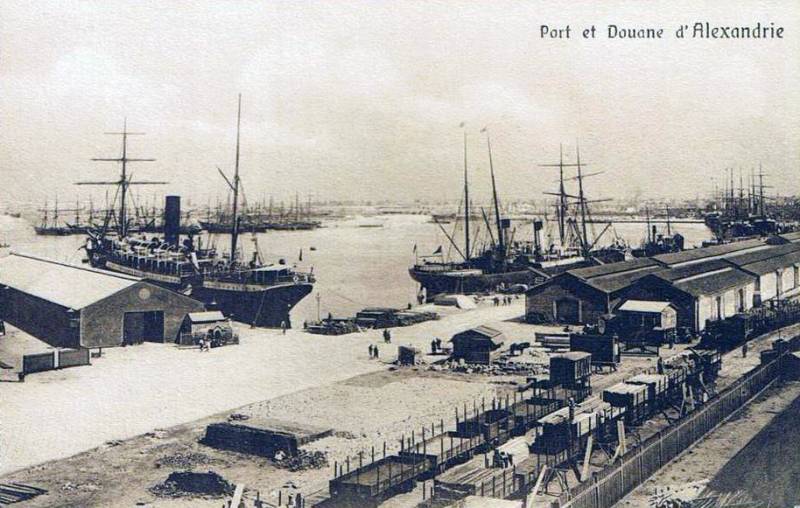
Information